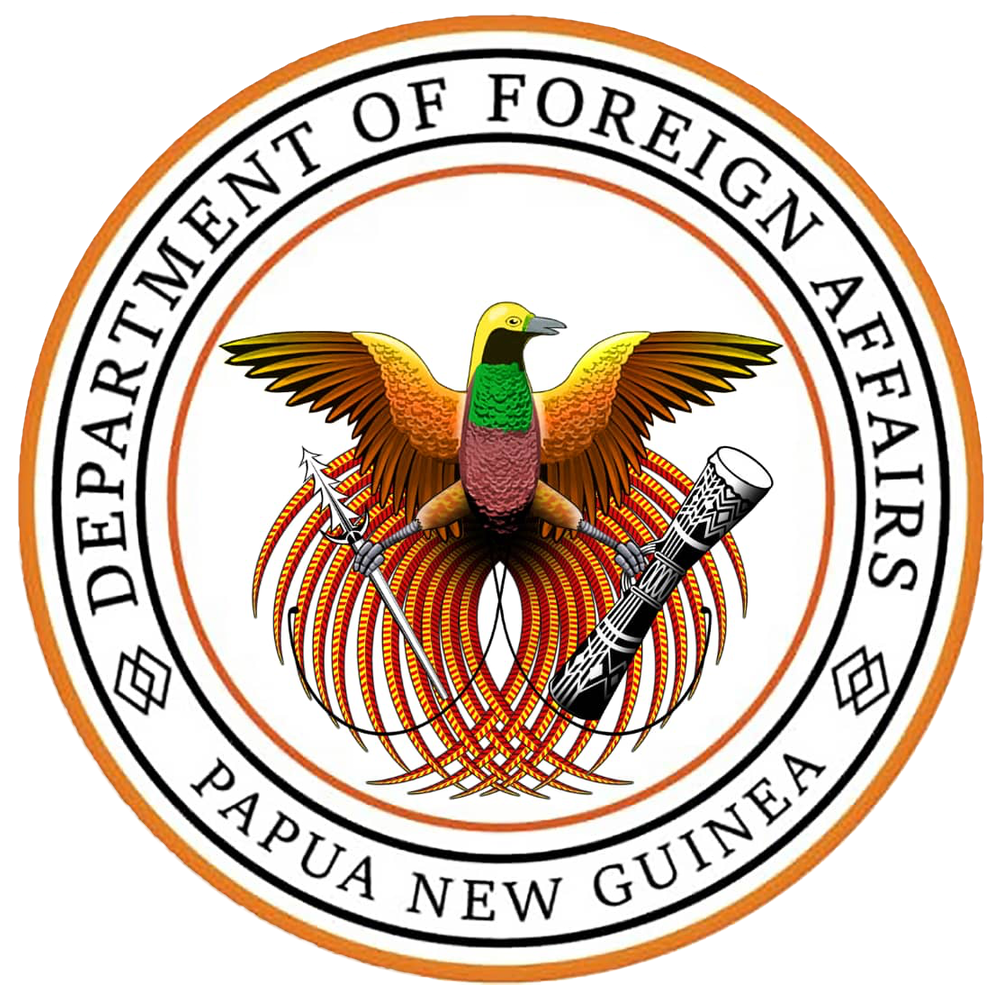About PNG: Relief
Bismarck Range: Mount Wilhelm
Papua New Guinea's magnificent and varied scenery reflects a generally recent geologic history in which movements of the Earth's crust resulted in the collision of the northward-moving Australian Plate with the westward-moving Pacific Plate. The low-lying plains of southern New Guinea are geologically part of the Australian Plate. Indeed, New Guinea was separated physically from Australia only some 8,000 years ago by the shallow flooding of the Torres Strait. The southern New Guinea plains, called the Fly-Digul shelf (named for the Fly and Digul rivers), are geologically stable.
Northward lies a belt of limestone country of varying width, most prominent in the Kikori River–Lake Kutubu area. This forms an extraordinarily harsh environment of jumbled karst, dolines, rock towers, and seemingly endless ridges of jagged rock, all covered in virtually impenetrable lowland rainforest.
A mountainous zone called the Highlands, extending from the west to the southeast, occupies the central part of the island of New Guinea. In Papua New Guinea those mountains reach elevations in excess of 13,000 feet (4,000 metres), rising to the country's highest point of 14,793 feet (4,509 metres) at Mount Wilhelm in the Bismarck Range, part of the Central Range. The Highlands also feature enclosed upland basins whose floors are usually at 4,500 feet (1,370 metres) or higher. The basins contain lake deposits, formed in the recent geologic past by impeded drainage; soil wash from the surrounding mountains; and layers of volcanic ash, or tephra, deposited from nearby volcanoes, some of them recently active. Such basins, therefore, are usually very fertile.
Rabaul
The north coast of the mainland, unlike the swampy south coast, drops sharply to the sea. The country's most northerly zone consists of a complex unstable volcanic arc in the Bismarck Sea stretching southeastward from the Schouten Islands (not to be confused with the Indonesian island group of the same name) to the Huon Peninsula and eastward through the island of New Britain. There the arc bifurcates, one arm sweeping northwestward through New Ireland and the Admiralty Islands, the other proceeding southeastward through Buka, Bougainville, and the country of Solomon Islands.

